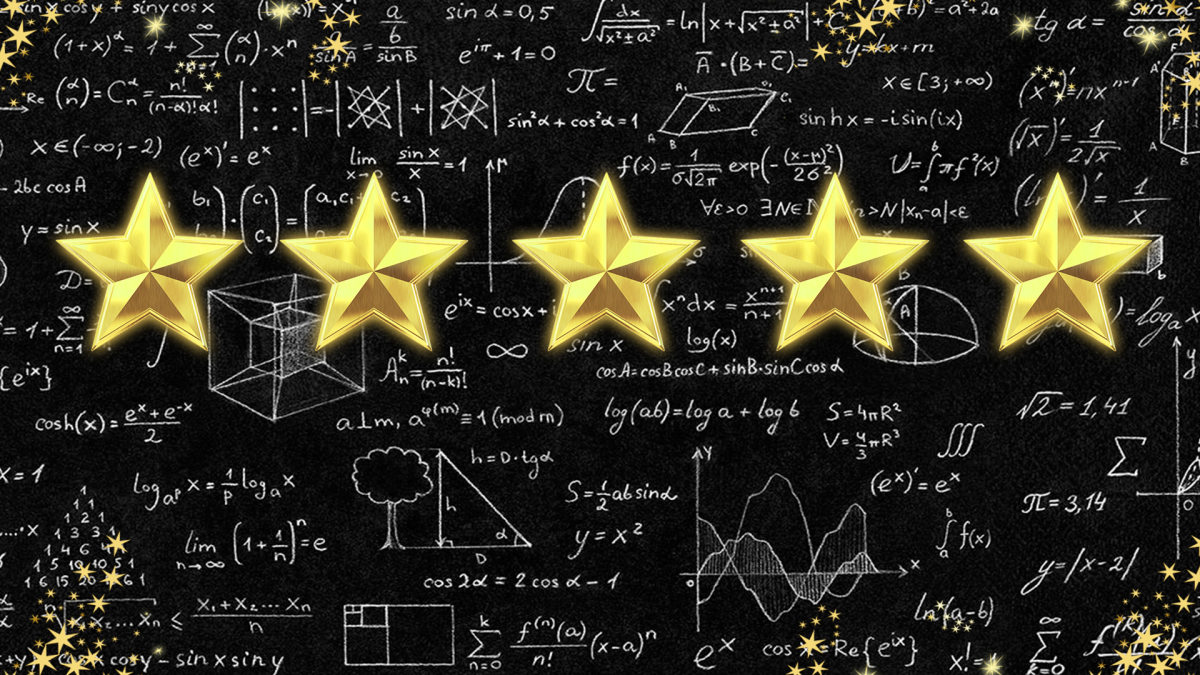Animal Extinction: Lesson 7
This is lesson 7 of the Life Science Unit. Students explore a variety of learning experiences. There are 2 objectives. #1 Objective: I can create a mixed-media art piece with a message for the world
Animal Adaptations: Lesson 6
This is lesson 6 of the Life Science Unit. Students engage in various learning opportunities. #1 Objective: I can count and graph camouflage animals. #2 Objective: I can camouflage a butterfly. #3
Animal Life Cycles: Lesson 5
This is lesson 5 of the Life Science Unit. Students describe the life cycle of a chosen animal through photography or stop animation. This engaging lesson includes optional fiction read-alouds
This is lesson 4 of the Life Science Unit. Students will evaluate and identify how the features of a young animal offspring and parent are similar (not identical) and different. They will code the
Animal Habitats: Lesson 3
This is lesson 3 of the Life Science Unit. Students design a habitat for an organism using earth material. Links to all lessons and optional fiction read-alouds, picture sorts, STEM hands-on
Animal Classification: Lesson 2
This is lesson 2 of the Life Science Unit. Students learn about animal classifications. Links to all lessons and optional fiction read-alouds, picture sorts, STEM hands-on activities, journal prompts
Animals and Resources: Lesson 1
This is lesson 1 of the Life Science Unit. Links to all lessons included! In this lesson, students engineer a bird feeder to help birds access resources to survive. Optional fiction read-alouds
In this hands-on lesson, students will have a teacher read aloud: "Rosie Revere, Engineer" and discuss the importance of perseverance and imagination while creating, building, and testing. They will
Students will explore the field of astrobiology and the possibility of life on Mars through research, critical thinking, and hands-on activities. Students will design and create a model Martian
During this lesson students will explore the concept of erosion. Using a Stream Table, students will have the opportunity to discuss theroies with their classmates, observe erosion, draw a model and
In this lesson students use a picture book to look for cause and effect relationships between biotic and abiotic factors in an ecosystems using systems thinking strategies. Students create a
In this hands-on lesson, students will use robotics to create an automated system that simulates the cleanup of a natural disaster. In this case, a nuclear reactor explosion. Students will program
This lesson allows students to explore the Law of Conservation of Mass through a balloon lab activity using baking soda and vinegar. Students will be able to develop a model to describe their findings
This lesson provides opportunity to our students to apply their knowledge in solving real world problems. The students will create a new design for a cereal box using math, art and design. They also
This is a multiple-day lesson plan based on Newton's 3 Laws of Motion. Students begin the lesson by collecting data observing coins moving across a table. After making the observations, students will
How can we design and engineer sports venues of the future that practice sustainability? According to the Green Sports Alliance, 17% of the world's population follows science but about 80% follow
This is lesson can be used alone to introduce the engineering design process. This lesson is 1 of 2 in an Engineering and Sustainable Design Unit focused on sustainability and sports. Students learn
This engaging lesson is the 2nd lesson in a series of 2 focused on data science inquiry. Students use their My Data Portraits from Lesson 1 for data collection, analysis, presentation, reflection and
Love it, kind of like it, kind of don’t like it, or don’t like it at all are typical responses to many things…depending on what we are being asked! During this investigation, we explore together, how
This lesson expands upon ASU's Ask a Biologist "Monster Manual" Activity to include CAD (Computer-Aided Design). Students learn about DNA and how we inherit traits through an analogy of decoding a
This hands-on lesson is designed for kindergarten students. It integrates literature and Math into STEM. The lesson calls for a read out loud where RL and SL standards are aligned. Math standards are
In this lesson, students will learn about the history of flight and the technological advancements that led to modern aviation. Students will learn about how the study of birds and other flying
In this lesson, students will learn about the different types of flying machines and differentiate between them and identify the different parts of a drone. They will also learn about their functions.
In this lesson students will learn about water filtration and how to filter simulated Martian water. Students will build water filters and use the engineering design process. This is the 2nd lesson in
Featured Lesson Plans
Check out these notable lesson plans.

Animals and Resources: Lesson 1
This is lesson 1 of the Life Science Unit. Links to all lessons included! In this lesson, students engineer a bird feeder to help birds access resources to survive. Optional fiction read-alouds

Quail Farming
Students will learn about the three pillars of sustainability through their quail farm. They will incubate, raise and restock their quails in order for them to be sustainable regardless of what

Ozobot Karaoke
In this lesson, students will combine the fields of coding and robotics with music to program an Ozobot to "sing" a familiar song. Students will learn about music concepts such as notes and octaves
